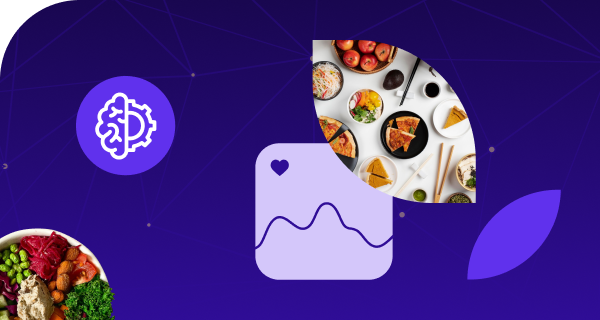
How to Build an Innovative Flavor Library?
Leave flavor frustration behind, and create a dependable and efficient innovation process built for sustainable growth.
In the search for their next big flavor inspiration, flavor companies have historically had limited options. In the best of times, most companies spend significant time and money on data and insight reports, both of which can fall short of providing up-to-date value.
In 2023’s dynamism (aka the word everyone uses to mean: unpredictability, craziness, headache), trends are changing fast; one day, trends in home cooking are big news, the next it’s the rise of delivery, the next it’s something altogether different. Without real-time data, it’s a serious challenge to quantify these trends and understand their patterns.
In 2024, how can you evaluate today’s shifts in consumer behavior – with an eye towards tomorrow’s trends – in a more efficient way?
To create an innovative flavor library ready for the tests of 2024, consider using 2023’s emerging trends as a case study. By evaluating the real-time data behind today’s trends, you’ll be able to put a process in place that is dependable, efficient, and built for sustainable growth.
Tracking trends as they happen is one thing – valuable, for sure – but being able to predict or anticipate trends is another. This ability isn’t a superpower; it’s vision granted by a data-backed understanding of the motivations behind today’s trends.
Diverse consumer motivations, the diets, preferences, tastes, demands, textures, occasions and more that drive consumption, are at the root of every single choice that consumers make. What underpins today’s biggest trends? Why are, for example, pumpkin spice lattes popular year after year?
Anecdotal “gut feelings”, no matter how well-reasoned, can’t drive sound internal decision-making or build long-term client trust. Data-driven insights into consumer behavior (on the order of a multi-million person focus group!), however, is another story.
Let’s consider one of 2023’s most significant trends: food and beverage for immunity. Interest in immunity-boosting ingredients is up a significant 37% month-over-month; interest is still up +27% more than this time last year following the original massive spike in the trend at the start of the pandemic. Understanding the role immunity plays in emerging trends can help companies predict the ‘stickiness’ of those trends, and to what extent they will be significant in a 2024 shaped by the pandemic.
Here’s a bite-sized look at how to amp up your flavor innovation process.
Step 1: The Why
Take a step back, and view your consumers’ behavior through the lens of why. What motivations are fundamental to the trends you are interested in exploring? For example: How does today’s established interest in health and wellness, a topic of interest for a full 13% of all food and beverage occasions, influence your category? This step can be applied on a macro level (ie. nationwide) or a more specific level (ie. moms in New York; vegans in Wales).
Step 2: The How
How does the “why” play out in your consumers’ lives? Where do their demands and preferences surface in eating and drinking? For example – is vegan food and beverage in demand during breakfast? (Spoiler: yes. A full 12% of breakfast occasions involve vegan ingredients, the highest penetration for the category). Do moms looking for immunity-boosting ingredients rely on snacks? Narrow your focus to specific meal-times, categories, or preparations.
Step 3: The What
Finally, armed with the “why” and the “how”, it’s time for the “what”. What flavors most align with your consumers’ motivations and the ways they look to fulfill those needs in their daily lives?
For example, vitamins, sickness treatments, and probiotics in food & beverage are becoming more and more top of mind for consumers each month -interest is up between 6-16% MoM for each of the categories. Which ingredients are most suited to those needs? If you already have flavors in hand, how can you energize your content marketing by explicitly targeting your consumers’ motivations?
Ready to build an innovative flavor library? Hungry for more insights?
Our latest ebook, The 2024 Flavor Innovation Guide, gives companies a roadmap to orient themselves in a changing food and beverage landscape. The ebook also explores fall 2023’s trends to give insight into what to expect in the flavor market in 2024. Download for free today to find your competitive edge.

